- Joined
- May 30, 2019
- Messages
- 697
- Reaction score
- 208
Ok so, I have had some form of white spot condition in my tank for over 2 months. 28/06/2020. I removed all my fish and placed them into a hospital tank where I placed copper treatment for 13 days. I only had a salifert test kit.
13 days into the treatment the blue tang still had these white spots and they even looked worse than before. (The hospital tank and main tank were right next to each other I know not good)
I then decided to do the tank transfer method for 2 weeks 5 changes. On the last day when added back to the hospital tank, all fish were clear of white spots, even signs of HLLE on the blue tang stopped.
3 days later the blue tang has the spots again.
Now I removed the blue tang to its own tank, and tried copper treatment again. This time I bought a hanna checker. Placed copper into both tanks following the instructions (using cupramine btw) salifert showed correct results. Hanna checker HAD to be broken and looks like it’s not working. Fish have been in copper for 2 weeks now. Blue tang is still covered in spots, and some of my other fish still have signs of white spots too.
My question is am I even fighting ich at this point. Someone mentioned brook to me, but my fish have literally been surging with it for 2 months. So I assumed marine velvet and brook are out Of the question, only other option would be flukes? I will do a fresh water dip on my blue tang today who is literally covered in bumps flashing marks and spots.
But any insight on what I should do my display tank has been fallow for 2 months too, and I really just want my fish back in there.
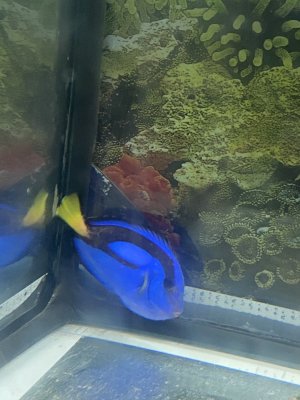
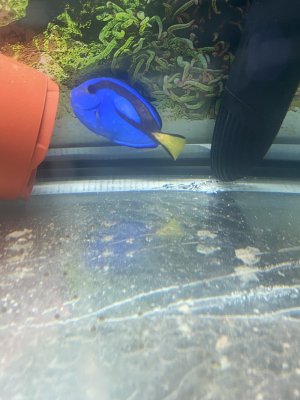
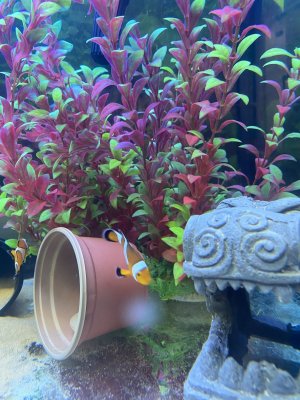
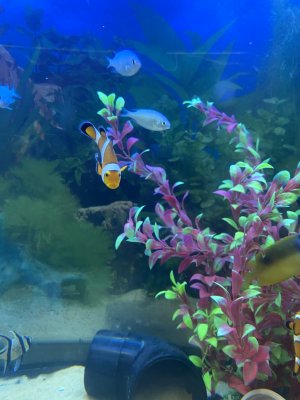
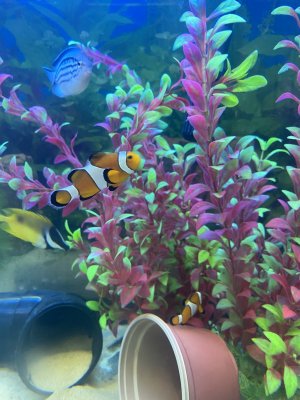
13 days into the treatment the blue tang still had these white spots and they even looked worse than before. (The hospital tank and main tank were right next to each other I know not good)
I then decided to do the tank transfer method for 2 weeks 5 changes. On the last day when added back to the hospital tank, all fish were clear of white spots, even signs of HLLE on the blue tang stopped.
3 days later the blue tang has the spots again.
Now I removed the blue tang to its own tank, and tried copper treatment again. This time I bought a hanna checker. Placed copper into both tanks following the instructions (using cupramine btw) salifert showed correct results. Hanna checker HAD to be broken and looks like it’s not working. Fish have been in copper for 2 weeks now. Blue tang is still covered in spots, and some of my other fish still have signs of white spots too.
My question is am I even fighting ich at this point. Someone mentioned brook to me, but my fish have literally been surging with it for 2 months. So I assumed marine velvet and brook are out Of the question, only other option would be flukes? I will do a fresh water dip on my blue tang today who is literally covered in bumps flashing marks and spots.
But any insight on what I should do my display tank has been fallow for 2 months too, and I really just want my fish back in there.



















